Happy Thursday! This is Jules and John with the Animation Obsessive newsletter. Today marks the halfway point of 2023 for us — six months of issues. A lot has happened, and it feels like the right time to look back at the year so far.
It’s hard to summarize our work on Animation Obsessive because this project always, always forces us to adapt and learn new things. It’s a puzzle we have to solve week by week. That’s true whether we’re translating a Soviet feature film or (more recently) making a complicated wire transfer to a Hungarian bookstore.
When we interviewed Craig McCracken a few months ago, he told us this:
… people have asked me in the past, “Did you know every episode of Powerpuff Girls before you made it? Did you have the plan?” I’m like, “No!” Most of these, you go week by week. […] There’s no master plan. It really is just spontaneously exploring the characters of the show and trying to arrive at good stuff.
In our own way, that’s how we approach the newsletter. Planning goes into it — some issues sit on the drawing board for years. But the actual shape they take is decided in the moment. We don’t enter a month, let alone a year, with a theme in mind: we can’t even predict how an individual issue will look before it’s done. This newsletter evolves organically. We’re left to survey how it’s grown, as a whole, after the fact.
Case in point: this week, the Animation Obsessive newsletter passed 14,000 subscribers — a milestone we never could’ve imagined when we started. We’re grateful to everyone whose support and readership continue to make this thing possible. You still surprise us. And that leads into our first topic today:
Good surprises
We have a general idea of what readers look for. Some topics (see: Cartoon Network) have a broader appeal than others (see: Norman McLaren). But our predictions aren’t a sure bet — especially when it comes to issues that overperform.
In February, we published a low-key piece called How to Paint Like Hayao Miyazaki. For that, we translated a foldout Miyazaki drew back in the 2000s to explain his watercolor process (above). And it ended up becoming our biggest issue of all time.
We put it together at the last minute — and it spread far wider than we thought it would. Hacker News made sure of that, as did Morning Brew. We’d pondered translating the guide for a while, but, again, the actual issue took shape as we made it. It seemed like it might do okay, but nothing like this.
The month after the painting issue, we had another surprise with our piece on Miyazaki’s guide to animated running, based on translations by artist Parker Machemer. If watercolor tips seemed a bit niche to us, that was even more true of a technical animation breakdown. But it became our second-biggest issue of 2023 so far.
Both of these ideas felt like good ones — and ones that at least some people would care about. The response went beyond anything we saw coming. A decent number of our current readers found us because of these two issues.
Not all of our surprises in 2023 have had to do with runaway success, though. Sometimes, it’s a warm response to topics not so much niche as totally unknown. Among these were A Masterwork by the Master of Mistakes and The Bomb That Is The Bath, both about super-obscure feature films made in the former Eastern Bloc.
The Bath (1962) gave us one of our favorite issues we’ve ever published — about one of our favorite movies we’ve come across in all our time doing Animation Obsessive. It’s a film based on the plays of Vladimir Mayakovsky, and we described it as a “political and artistic assault on Stalin-era aesthetics, and on the bureaucrats of the old order.”
Writing about it was a goal, but the idea sat around for more than a year. When we got access to the rare, Soviet-era book My Puppet Friends (1971), which has a chapter on the making of The Bath, it seemed like we might have a shot. Still, the issue morphed as we wrote it — we kept discovering more and more books and articles along the way. It didn’t end up like we’d planned: the story turned out to be bigger, richer, more exciting.
As for the issue on Brigand Jurko by Viktor Kubal, the “master of mistakes,” it’s the only behind-the-scenes piece we’ve seen about his film in English. We enjoy Jurko and we’re happy to have covered it — we had to order a book from Slovakia to do it. The best part is that it really resonated for certain people. A quote from Kubal, in particular, seemed to stand out:
I have always considered the content of a drawing to be more important than its form. A precisely drawn bad joke is nothing. But a dashed-off sketch with good content is already something. It is similar with film.
Hidden themes
As we follow our interests and learn more about animation, what we’re thinking about tends to get reflected in the work. We’ll admit: themes do turn up in the newsletter. They’re undercurrents. It’s not really planned or even always conscious, but it happens.
Since around 50% of our issues are exclusive to paying subscribers, the connections between them aren’t obvious to everyone. But they’re there. One of them this year has been the historical context and creative philosophy of Hayao Miyazaki — who we consider to be the greatest living filmmaker.
Besides the issues already mentioned, Miyazaki made cameo appearances in some of our other favorites of 2023: the ones on The Man Who Planted Trees, the concept of “manga eiga” and (most recently) The Last Unicorn.
Outside Japan, Miyazaki gets trailed by the myth of the self-made genius, whose ideas and tendencies all sprang from nothing. It’s due to a lack of access to Japanese sources. Miyazaki was formed by circumstance — his environment, his colleagues, the films he saw. Many of the ideas he’s expressed in writing aren’t simply his own.
That goes for his famous rejection of “anime.” He’s refused to use the word to describe his work and said that it represents cheapness, insularity and mass production. But his mentor from Toei Doga, Yasuji Mori, made many of the same arguments in 1981 — saying that “it would be better to go back to ‘manga eiga’ again.”
Manga eiga (or “cartoon movie”) is an old-fashioned name for animation — it was a little dated even when Mori was using it. To him, though, it symbolized another way: fuller animation, more creativity. It was a callback to Japan’s older industry, the one that first created Miyazaki, as we explored in our piece A Visual Tour of Toei Doga. For the record, Ghibli producer Toshio Suzuki has described his own company’s work as manga eiga. Agree or disagree, it’s an important question to discuss.
The piece on The Man Who Planted Trees, meanwhile, isn’t really about Miyazaki at all — but it dives into an artistic inspiration that many don’t know he has. It’s so different from his work, and yet its creator, Frédéric Back, was the envy of both Miyazaki and Isao Takahata.
And The Last Unicorn, a Rankin/Bass film outsourced to Topcraft in Japan, gives us a peek into the world that Miyazaki inhabited. He made Nausicaä at Topcraft shortly after The Last Unicorn was produced there — and the quality of his film was no fluke. Looking at the production of Unicorn, you start to see how something as ambitious as Nausicaä could be done.
Outsourcing has been another theme for the newsletter in 2023, in fact. You could argue that no production trend defines modern animation more than outsourcing — but the context and mechanics of it aren’t well understood. Our piece America’s Outsourcing Machine (one of our most ambitious ever for Animation Obsessive) explores outsourced animation from its origins in the ‘50s up through the 21st century.
So far this year, the question of outsourcing has also turned up in “Mexico Can Compete with Stop Motion” and our write-up on Munro — the former, about Pinocchio and the history of Mexican animation, remains a high point of 2023 for us.
Other highlights
Again, though: writing a newsletter week by week means working in a scattershot way. A good number of the articles we’ve done this year have been major undertakings that represent everything we want to do with Animation Obsessive — but that don’t fall neatly into any theme or category.
To create The Wild Imagination of Mee’s Forest, we translated an early Chinese Flash series by the director of Dahufa (The Guardian) and told its story for the first time in English. In Storyboarding Around the World, we explored and contrasted the processes of people like Katsuhiro Otomo, Jiří Trnka and John and Faith Hubley.
The list goes on:
Hope, Small But Strong — on Michael Sporn’s Champagne.
The Old Man and the Sea is a Tremendous Spectacle — on the creation and Oscar win of that famous, controversial film.
Lin Wenxiao, the Outstanding Tiger General — on one of China’s finest animators (she’s still an emerging subject in English).
A Very Famous Man — on Jiří Trnka’s film The Hand.
Dark Visions in Walnut Wood — on Jiří Barta’s film The Pied Piper.
The Surreal Whimsy of Tortov Roddle — on the breakout series by Oscar winner Kunio Kato.
Lotte Reiniger’s Living Characters — on a legend’s animation technique.
The Silencing of Glass Harmonica — on the USSR’s most notorious banned animation.
Wrapping up
We covered a lot during the first six months of 2023. And we have at least as much in mind for the second half of this year.
That said, as always, our twice-weekly pace is a challenge. Before we move into the next six months, we need to recharge and prepare. So, until July 23, we’re taking our mid-year break from the newsletter.
It’s not just for relaxation. We have big plans for our research over the next few weeks, including our very first feature stories dedicated to Isao Takahata’s work. Our last break allowed us to complete projects like The Bath, Mee’s Forest and more. We can’t wait to get started.
Before we go, a few final odds and ends you may want to check out while we’re away:
If you’re looking for another newsletter that covers animation outside America, Animenomics does impressive (and accessible) writing on the business of anime and manga. Its latest issue — about the taxation threat facing the anime industry, the swordsmiths benefiting from Demon Slayer and more — is a winner.
Meanwhile, if you’re in Japan or planning to visit, an exhibition dedicated to Isao Takahata starts July 8 at Mie Prefectural Museum. Regular reader Jakey tipped us off about this. The show is called “Takahata Isao: A Legend in Japanese Animation,” and it’s a reprise of a major 2019 retrospective of Takahata’s career.
Lastly, one of Twitter’s best-kept secrets right now is Umesaburo (梅三郎), whose account is a trove of rare and obscure materials from retro Japanese animation. Think Miyazaki storyboards for Akado Suzunosuke, or Yasuo Otsuka keyframes for 3,000 Leagues in Search of Mother, or Yasuji Mori character designs for Heidi.
With that, we’ll call it a wrap for January–June 2023! Whether you’re a brand-new reader or someone with us since 2021, we hope you’ve enjoyed our work so far this year. There’s much more coming soon.
Until next time!

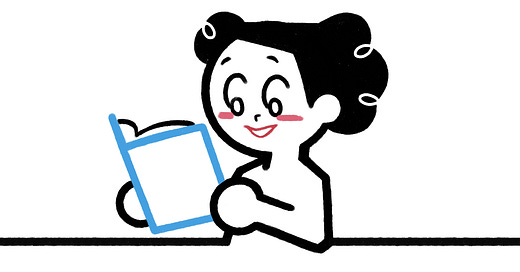


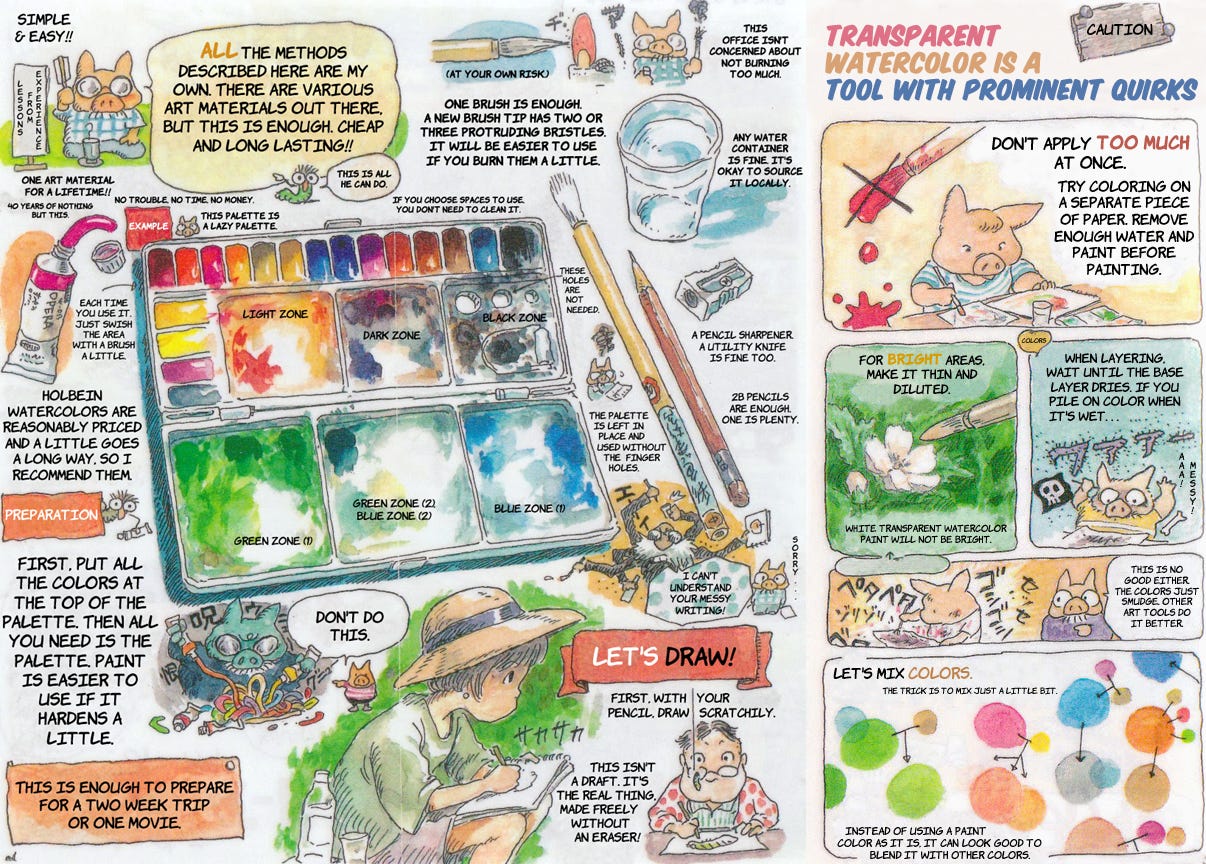
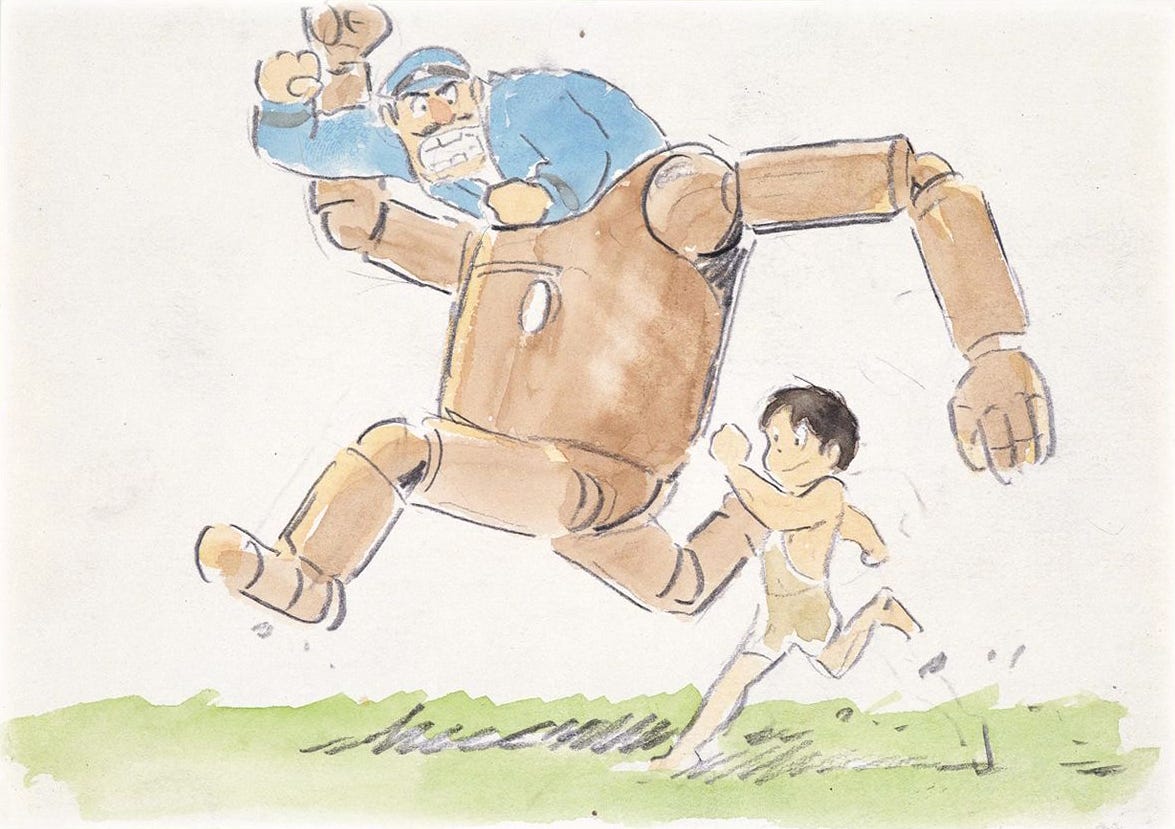

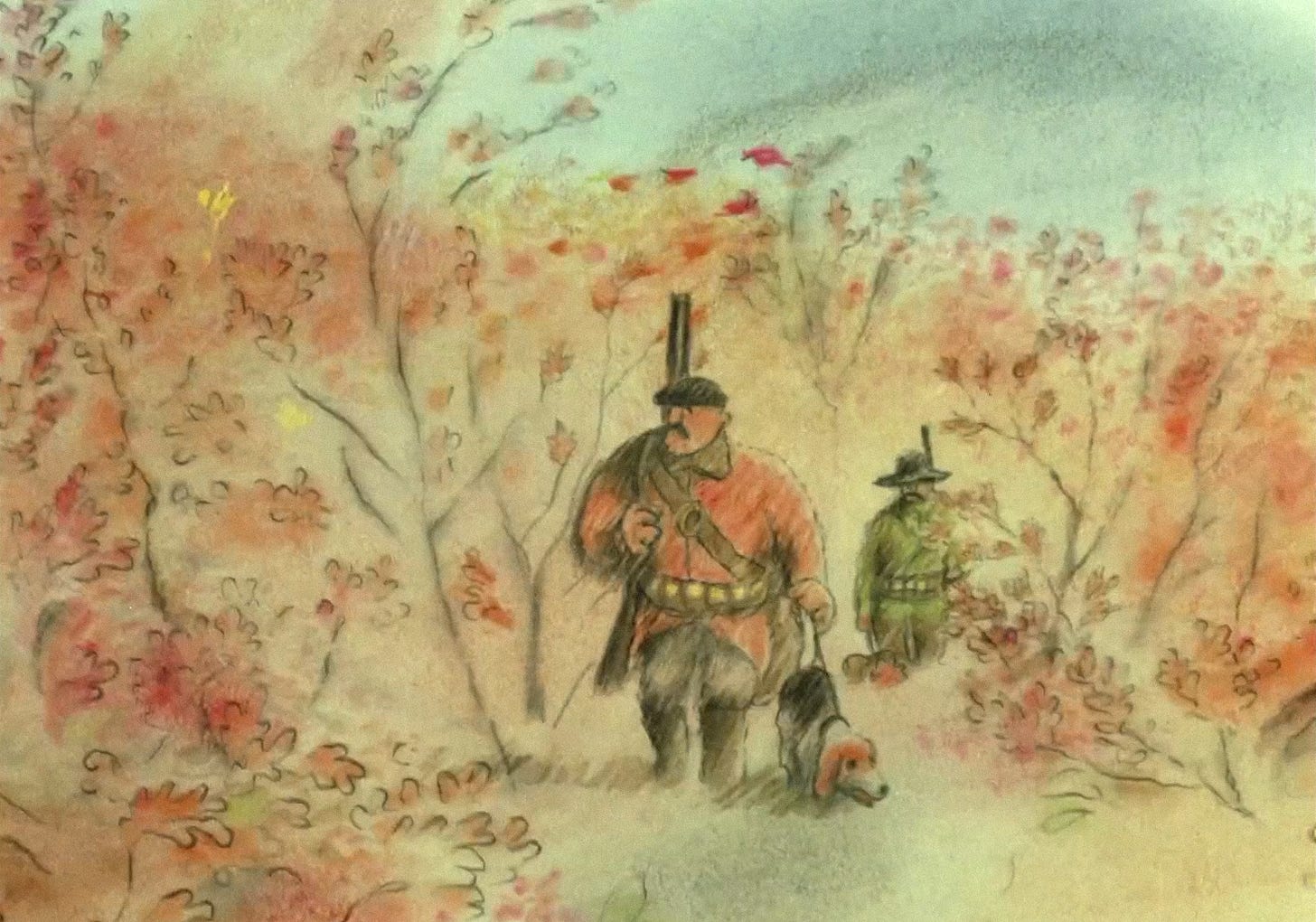

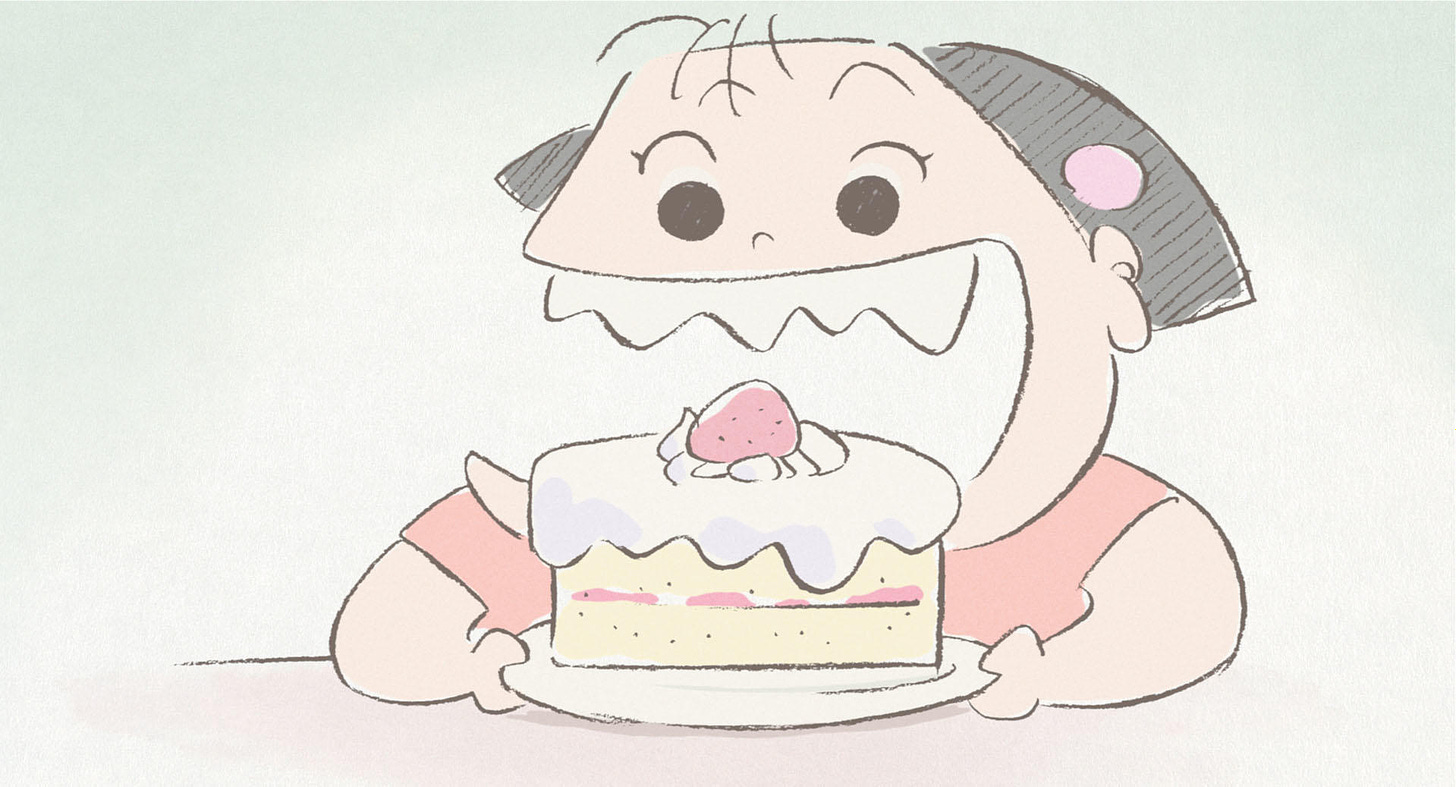
You are donig a marvelous job here! And I was so lucky to find you! Keep up and thank you so much for your hard work and vivid love! Really what were we do without you?!
Thank you for sharing how readers responded to your writings about Miyazaki. It's fascinating to me that the myth of Miyazaki continues to endure internationally. Just this week an anime industry personnel in Japan noted that while the strategy of not marketing his latest film is understandable, Miyazaki has been out of the limelight in his country for almost a decade. There are schoolchildren who have grown up not knowing who he is at all, so it's anyone's guess what the box office performance of the new film will be like.
Thank you for the shoutout, and enjoy the break!